Specialist Doctor 2 Huynh Tan Vu, Day Treatment Unit, University of Medicine and Pharmacy Hospital, Ho Chi Minh City, Facility 3, currently many synthetic colorants are banned or restricted from use in food because there is evidence related to the possibility of causing cancer and adverse effects on health. Therefore, choosing natural colorants is encouraged to use more than anything.
Purple leaves are used as a popular colorant in Vietnam, to replace synthetic colors in traditional foods such as taro cakes, sticky rice, banh tet, and banh bao.
In addition to the beautiful, durable color when preserved for a long time, many studies have shown the safety and effectiveness in treating some diseases as well as the antibacterial and anti-inflammatory properties of extracts from purple leaves.
4 types of brocade in Vietnam
- Red Rose: Oval leaves, tapered base, dark green leaves with lots of hair, upper surface of leaves has no white spots.
- Purple: Large oval leaves, round base, thin light green leaves with some fine hairs, large white spots along the leaf veins.
- Bright red: Oval leaves, round or tapered base, thick dark green leaves, with some fine hairs, a few white spots along the leaf veins.
- Cam Vang: Oval leaves, pointed base, pointed tip, both sides of the leaves are scattered with hairs, leaf blades are often wrinkled, especially the edges.
Nowadays, red and purple rosewood are cultivated. Yellow rosewood still grows wild in nature so it is also called wild rosewood.
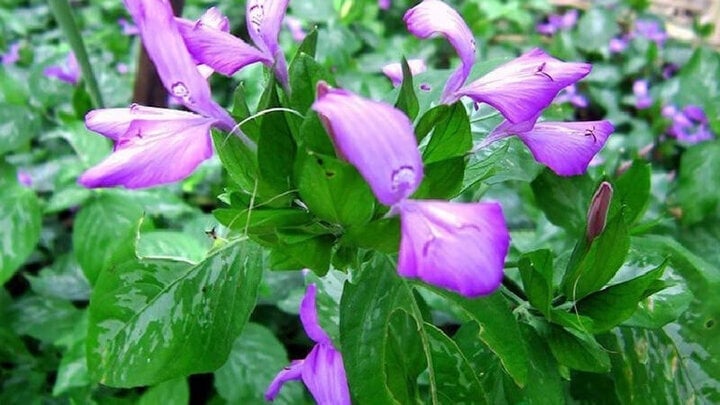
Besides creating natural color, what diseases can purple leaves cure?
According to traditional medicine, purple leaves have a bitter taste, neutral properties, and the effect of clearing heat, stopping bleeding, reducing swelling, and detoxifying. The leaves are used to treat sprains, tuberculosis, hemoptysis, acute bronchitis, vomiting and coughing up blood, dysentery, and hematomas. In addition, purple leaves are also used as bath water to treat prickly heat or boils in children.
Boil the leaves to drink, grind into powder or cook into bath water or support digestive diseases.
In modern medicine, many studies have shown that purple leaf extract is highly valued for its health benefits. Purple leaf extract can be used as a natural preservative for food and medicine in the treatment of diseases related to intestinal disorders caused by harmful microorganisms.
Four food spoilage-related organisms such as Bacillus subtilis, Staphylococcus aureus (Gram-positive microorganisms), Pseudomonas aeruginosa and Escherichia coli (Gram-negative microorganisms) were also treated with ethanolic extracts of leaves and stems of Achyranthes bidentata. The results showed that all bacteria were also inhibited at low concentrations of both leaf and stem extracts.
Several studies have shown that purple perilla leaf extract may have high antibacterial activity, activity against Caldida albicans of the plant extract in methanol.
Some remedies from purple leaf
- Treat bronchitis: Use 40g of purple branches and leaves, 20g each of Platycodon grandiflorum, Ophiopogon japonicus and Tangerine peel. Boil and drink to help reduce phlegm and treat bronchitis.
- Acne treatment: 1 bunch of purple leaves, 1.5 liters of water. Wash the bunch of purple leaves with clean water, pour in 1.5 liters of clean water, boil, then turn down the heat to simmer for about 10 minutes and then turn off the stove. Wait for the water to warm up, then filter out enough water to wash your face as usual without having to rinse with clean water. The remaining water can be stored in the refrigerator and used gradually within 3-4 days.
Purple leaves are not only beneficial to human health thanks to their biological active ingredients but also beneficial in food processing thanks to their coloring properties. However, it is necessary to consult a doctor about the effectiveness of the medicine from purple leaves before using it. Avoid using ineffective medicine that will not improve the disease and continue to progress in a bad direction.
Source


![[Photo] "Beauties" participate in the parade rehearsal at Bien Hoa airport](https://vstatic.vietnam.vn/vietnam/resource/IMAGE/2025/4/11/155502af3384431e918de0e2e585d13a)


![[Photo] Looking back at the impressive moments of the Vietnamese rescue team in Myanmar](https://vstatic.vietnam.vn/vietnam/resource/IMAGE/2025/4/11/5623ca902a934e19b604c718265249d0)


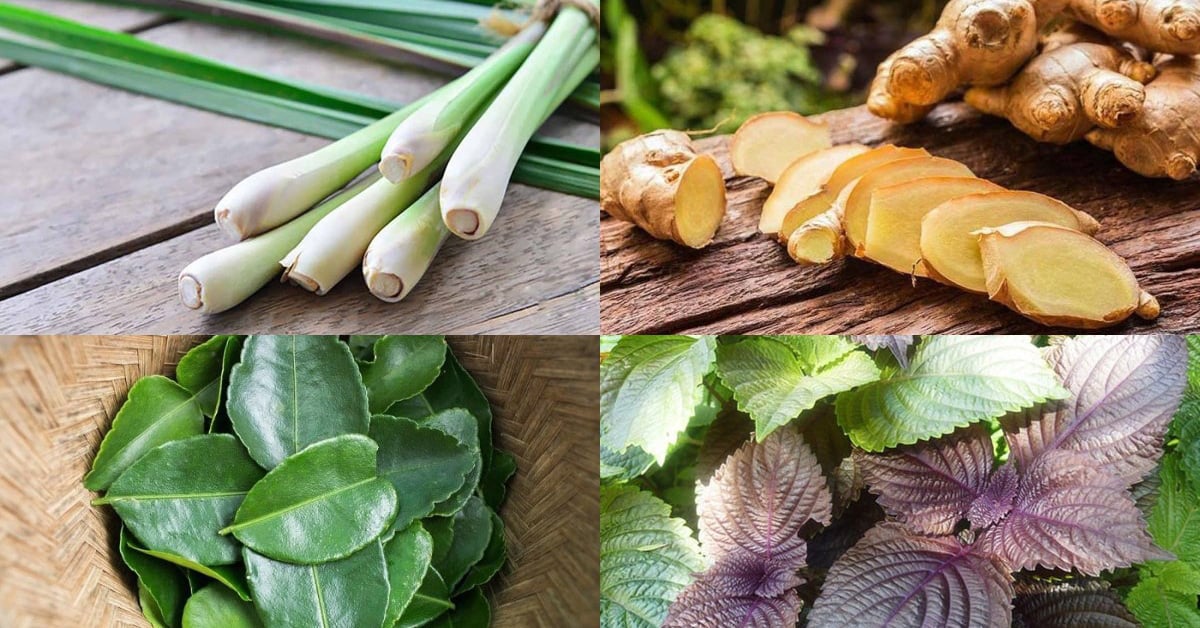



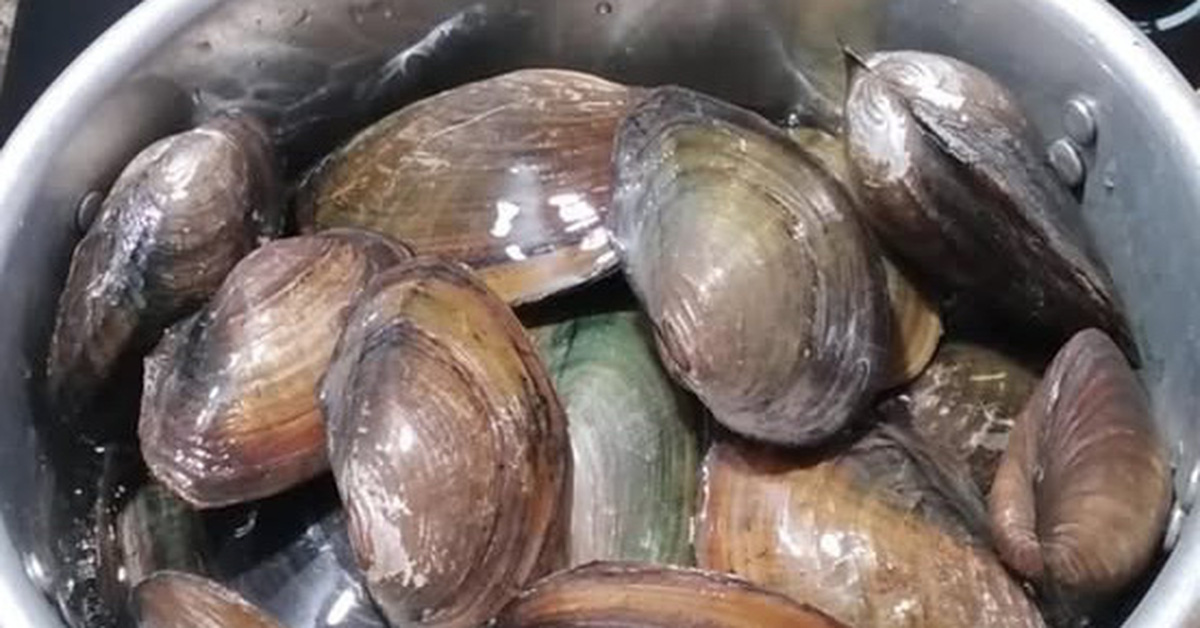
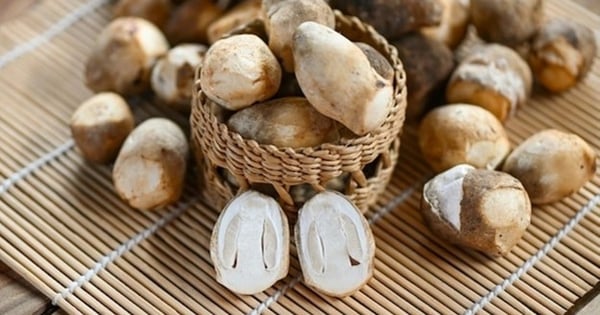
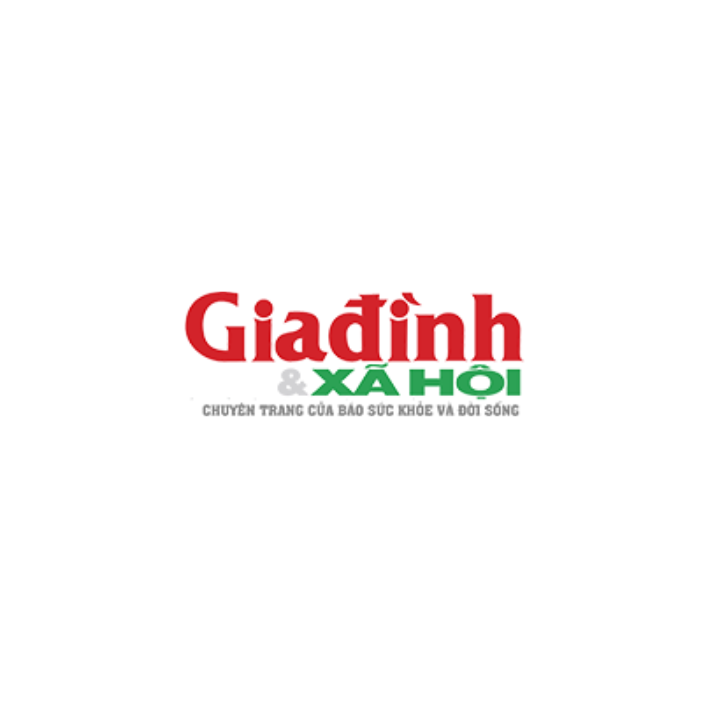
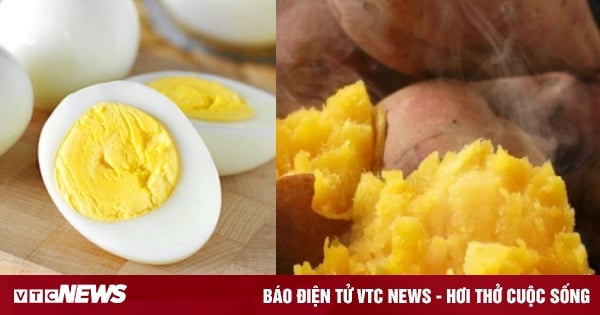
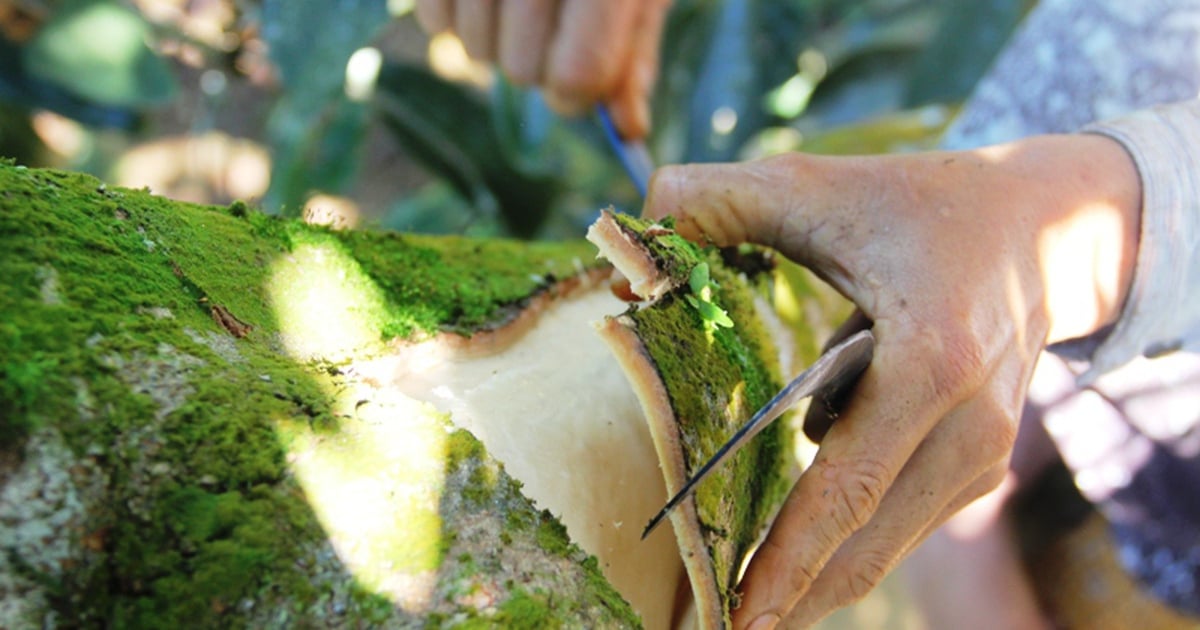

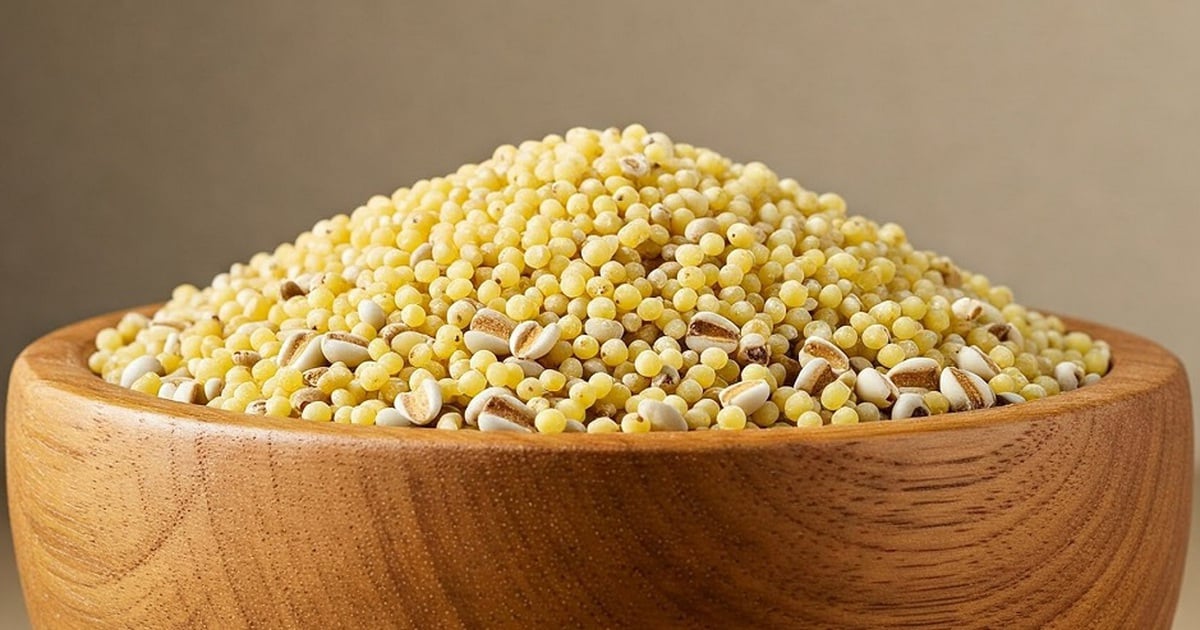
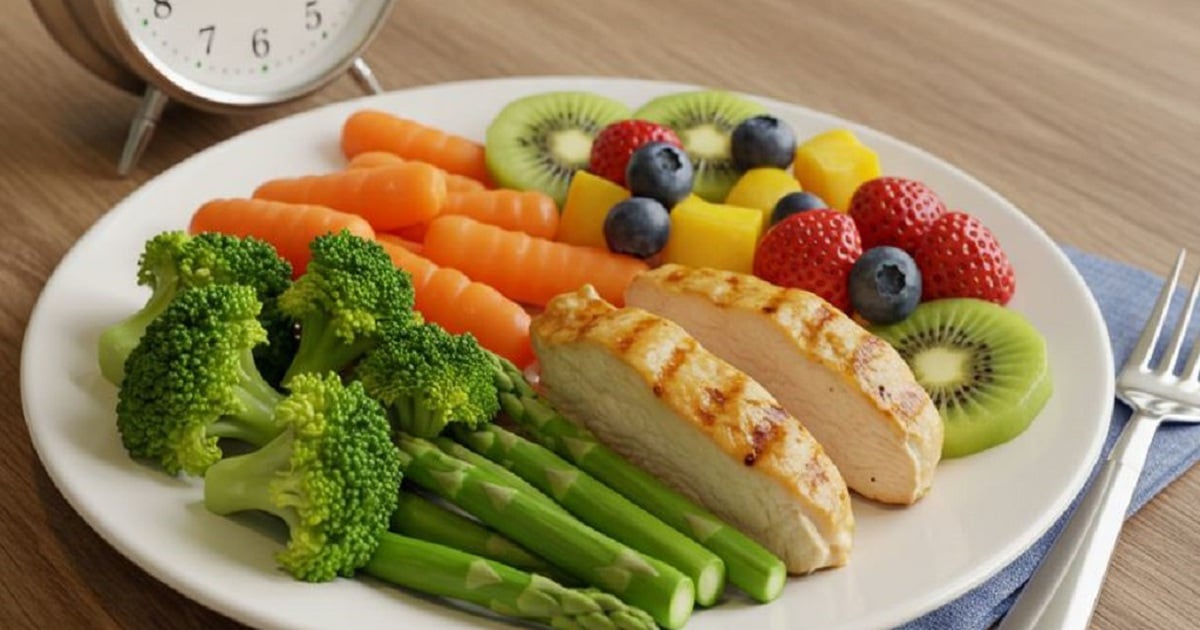
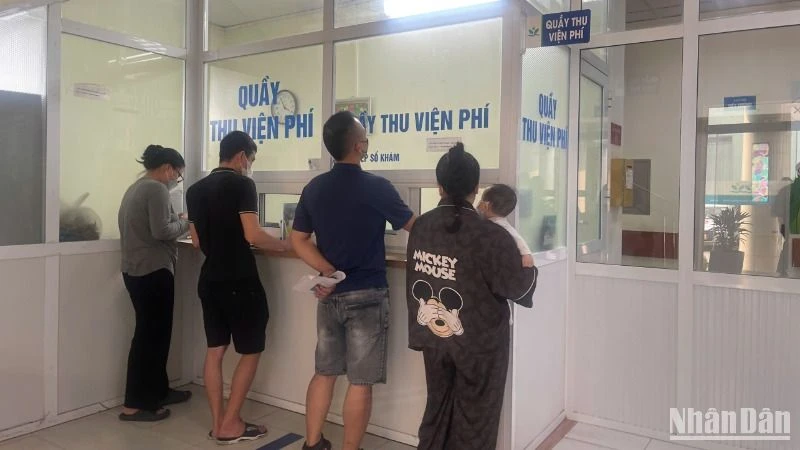
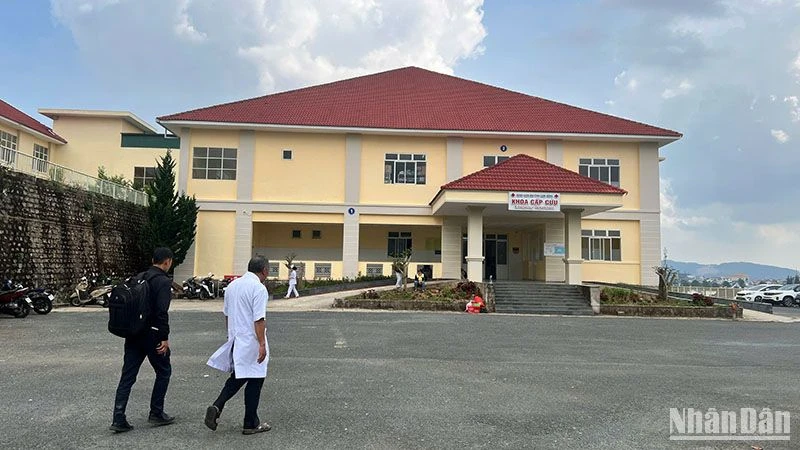











![[Photo] Summary of parade practice in preparation for the April 30th celebration](https://vstatic.vietnam.vn/vietnam/resource/IMAGE/2025/4/11/78cfee0f2cc045b387ff1a4362b5950f)








































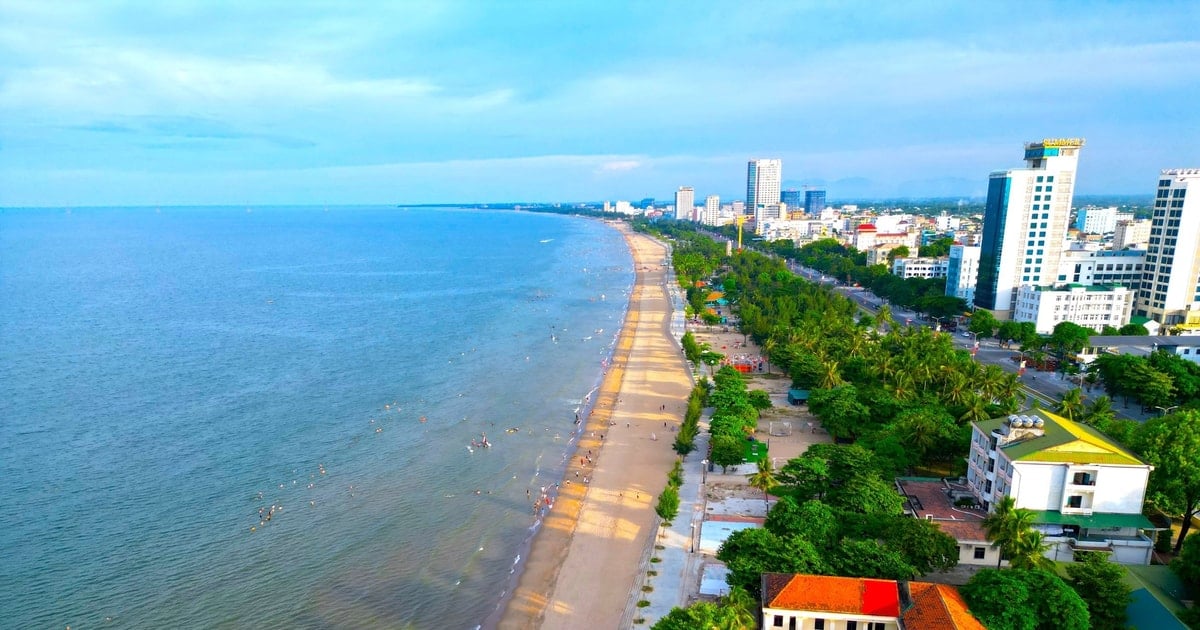

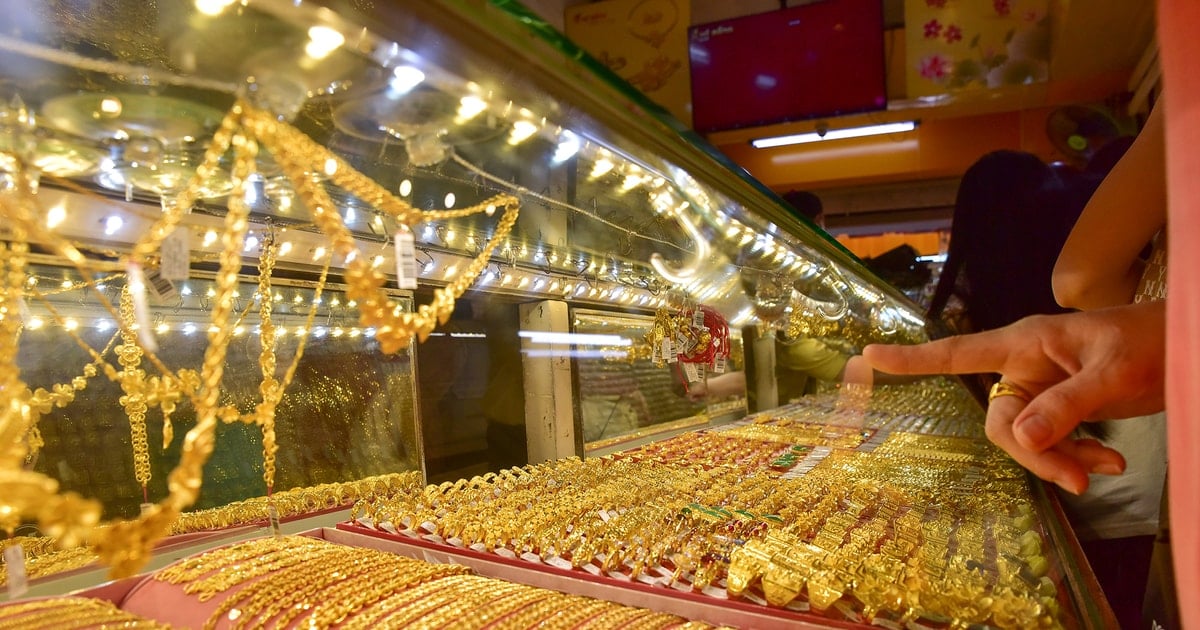
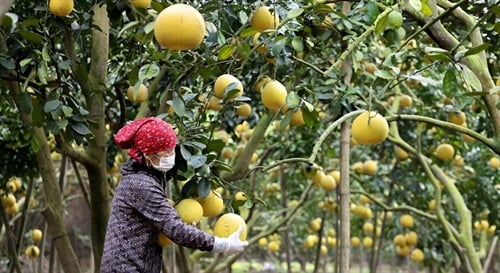














Comment (0)